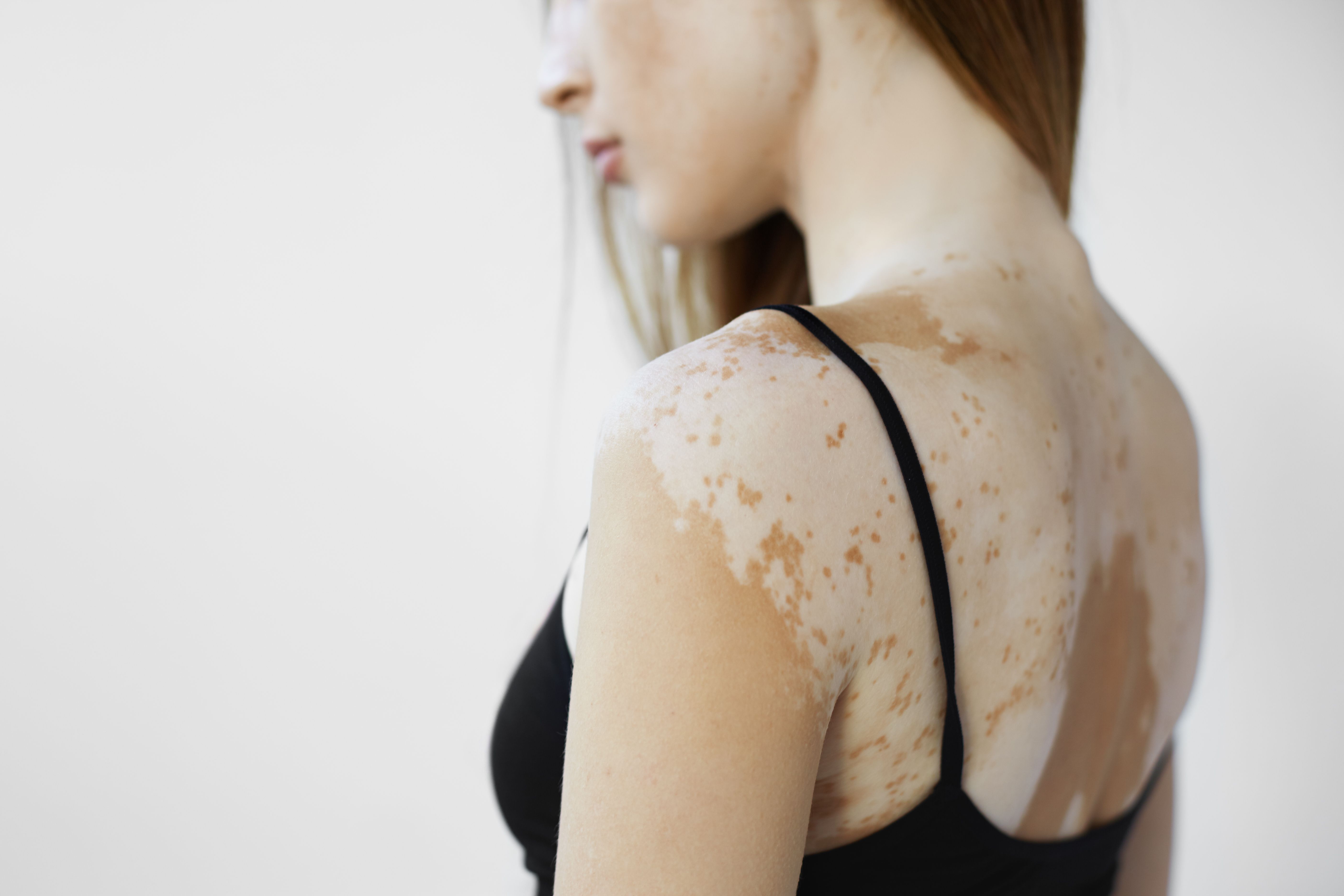- Acne
- Actinic Keratosis
- Aesthetics
- Alopecia
- Atopic Dermatitis
- Buy-and-Bill
- COVID-19
- Case-Based Roundtable
- Chronic Hand Eczema
- Chronic Spontaneous Urticaria
- Drug Watch
- Eczema
- General Dermatology
- Hidradenitis Suppurativa
- Melasma
- NP and PA
- Pediatric Dermatology
- Pigmentary Disorders
- Practice Management
- Precision Medicine and Biologics
- Prurigo Nodularis
- Psoriasis
- Psoriatic Arthritis
- Rare Disease
- Rosacea
- Skin Cancer
- Vitiligo
- Wound Care
Article
Vitamin D Lower, Basophil and Eosinophil Counts Average in Vitiligo Patients
Author(s):
Researchers compared counts between patients with vitiligo and a control group of patients.
Patients with vitiligo have lower serum vitamin D levels than patients without vitiligo, though research showed a lack of significant differences in blood basophil and eosinophil counts.
shurkin_son/AdobeStock

In a recent study,1 researchers sought to evaluate the role of vitamin D in vitiligo, citing several existing studies pointing to the role of vitamin D deficiency in stimulating autoimmune diseases, including playing a role in vitiligo’s pathogenesis. Furthermore, prior research, according to investigators, has also pointed to the role of basophils and eosinophils in autoimmune diseases and inflammation.
In fact, prior research has also sought to determine potential associations between vitamin D levels or supplementation and dermatologic conditions and factors such as severity, pathogenesis, and more, including psoriasis, alopecia areata, melanoma, and atopic dermatitis.
The cross-sectional study included patients ranging in age from 20 to 40 years old. Researchers divided participants into 2 groups: a control group consisting of 30 healthy individuals and a case group consisting of 30 patients with vitiligo. Patients in each group were sex and age- matched by researchers for consistency.
Exclusion criteria included use of topical or systemic calcium or vitamin D, systemic steroids, medication lowering cholesterol, and prior phototherapy, among others.
After being assigned study groups, researchers collected participants’ demographic information and collected 5 mL blood samples from all participants. 2 mL of this was used to evaluate blood basophil and eosinophil counts, while 3 mL was set aside to evaluate serum vitamin D levels.
In the case group, the average serum vitamin D concentration was 25.24 ± 1.9 ng/mL, in comparison to an average concentration of 31.82 ± 1.6 ng/mL among control group participants.
Despite a lower average concentration in patients who were women, researchers deemed the difference not statistically significant. Serum vitamin D concentration was also lower, on average, among women with vitiligo than women without vitiligo, but was not statically significant between men with and without vitiligo. Researchers, however, attributed this difference between participants of different sexes to the type of clothing worn by women in the region due to religion and culture, as opposed to disease or dermatologic- specific factors.
Eosinophil counts in case group participants (181.3 ± 16.97 cells/µL) was lower than in control group participants (204.6 ± 23.11 cells/µL), though researchers did not deem this difference statistically significant.
The average basophil count between case (1.7 ± 0.19 cells/µL) and control (1.7 ± 0.18 cells/µL) group participants was nearly identical, again with no statistically significant difference noted.
“Our study findings suggest that the serum vitamin D concentration decreases in patients with autoimmune disease. This decrease in vitamin D might be a factor in the development of vitiligo or it may occur after vitiligo has become established,” study authors wrote. “However, the eosinophil and basophil counts are not effective markers for vitiligo. Further studies of the serum vitamin D concentration are essential.”
Reference
- Ghavamabadi R, Pishgooie R, Behfar S, Taghavi M, et al. Evaluation of serum vitamin D concentration and blood eosinophil and basophil counts in patients with vitiligo: cross-sectional study from Rafsanjan and Zarand, Iran. Intern Jour of Dermatol and Venereol. doi: 10.1097/JD9.0000000000000303
Newsletter
Like what you’re reading? Subscribe to Dermatology Times for weekly updates on therapies, innovations, and real-world practice tips.











